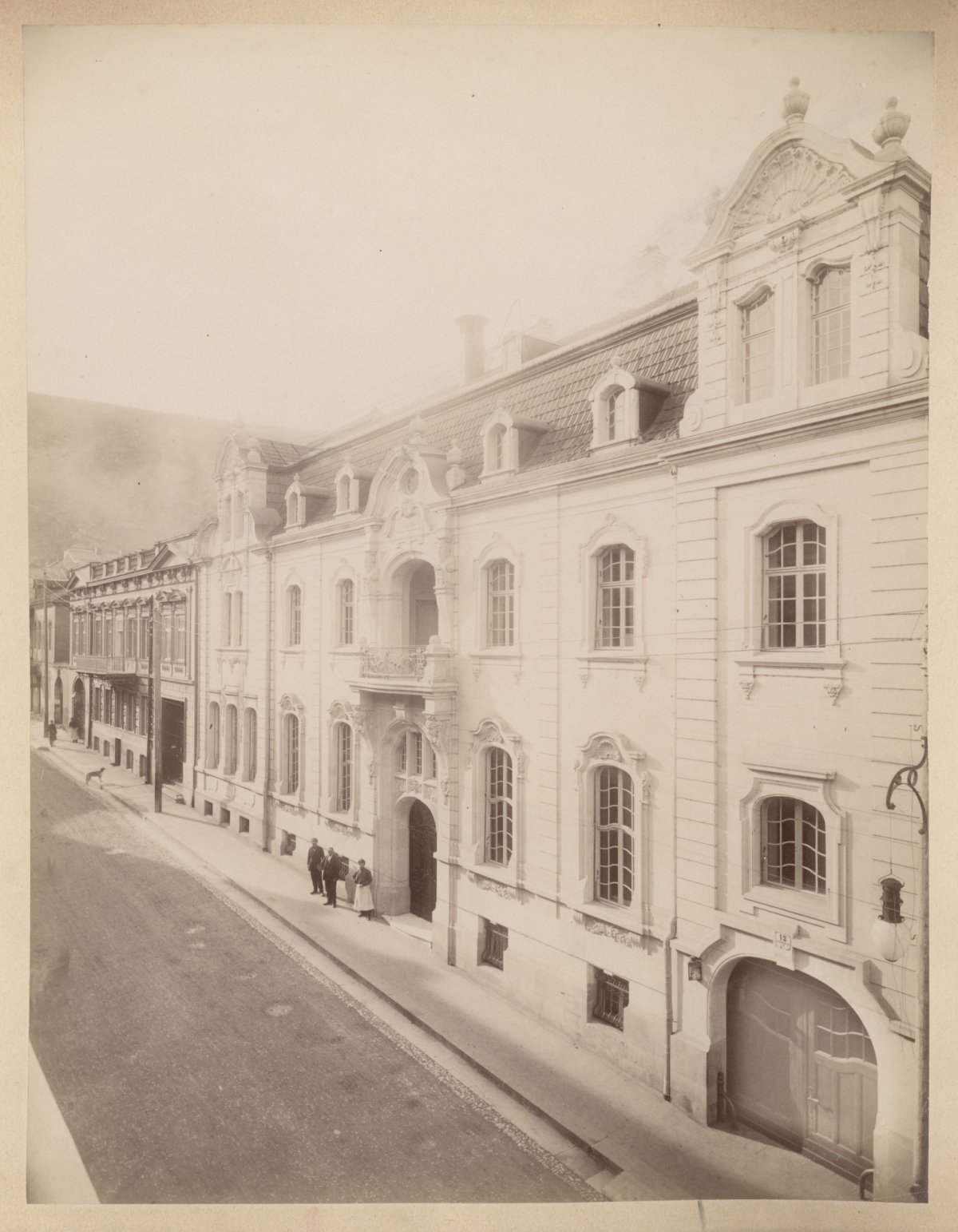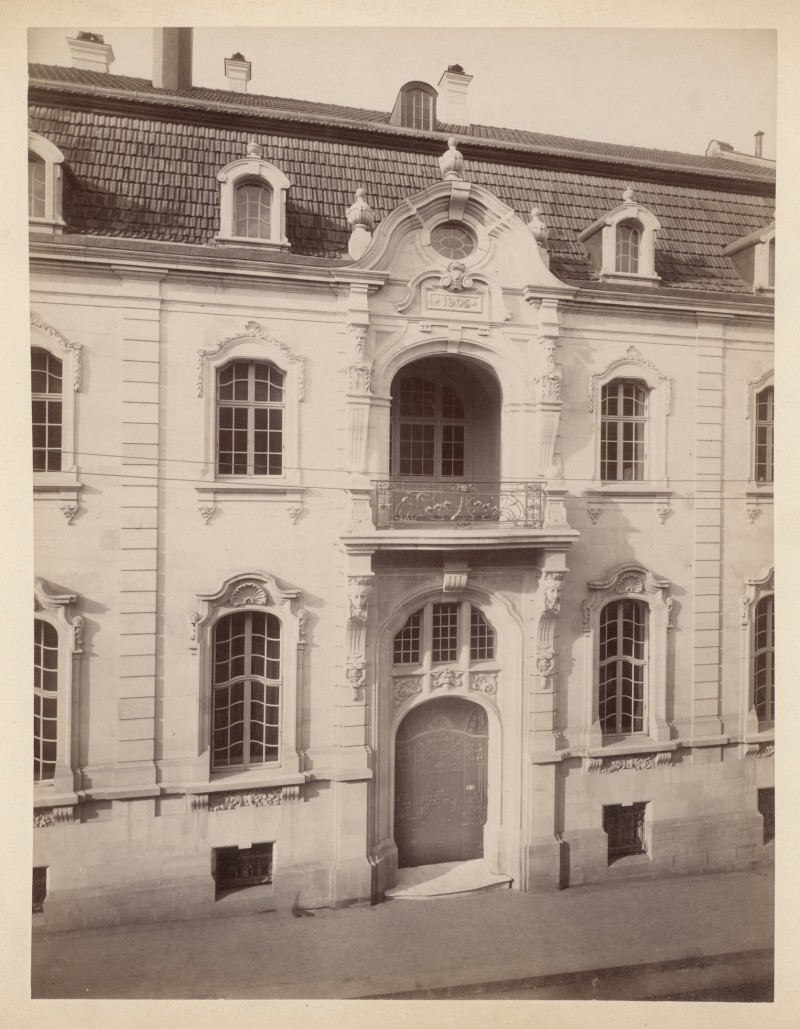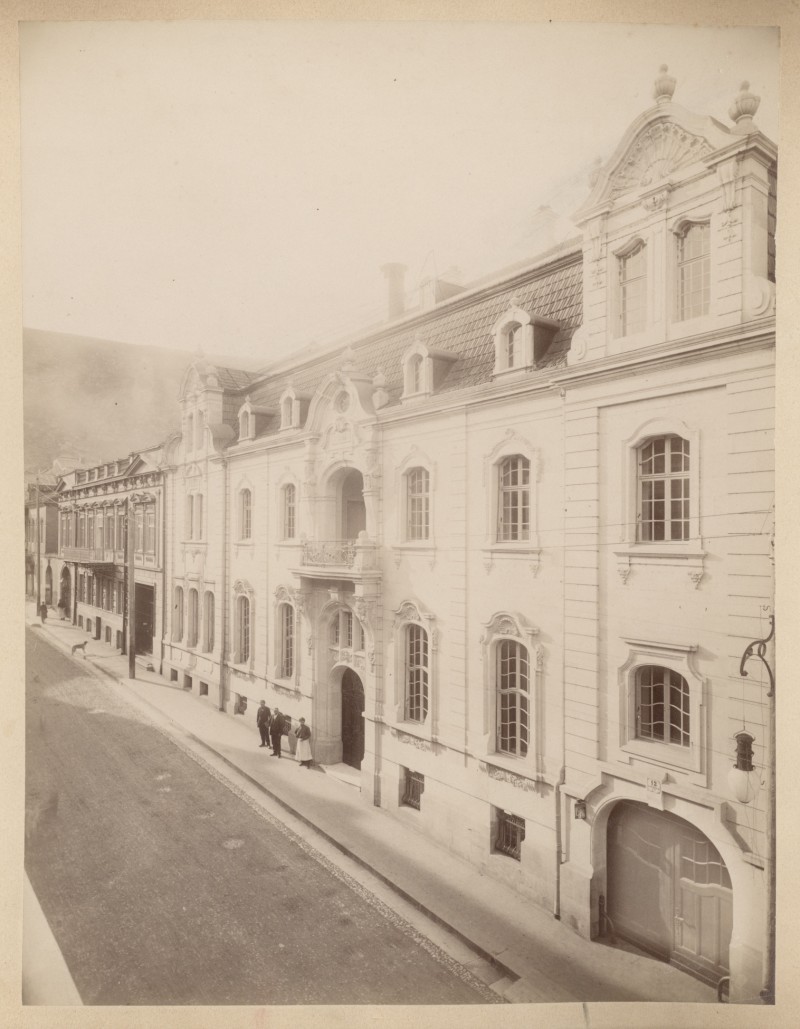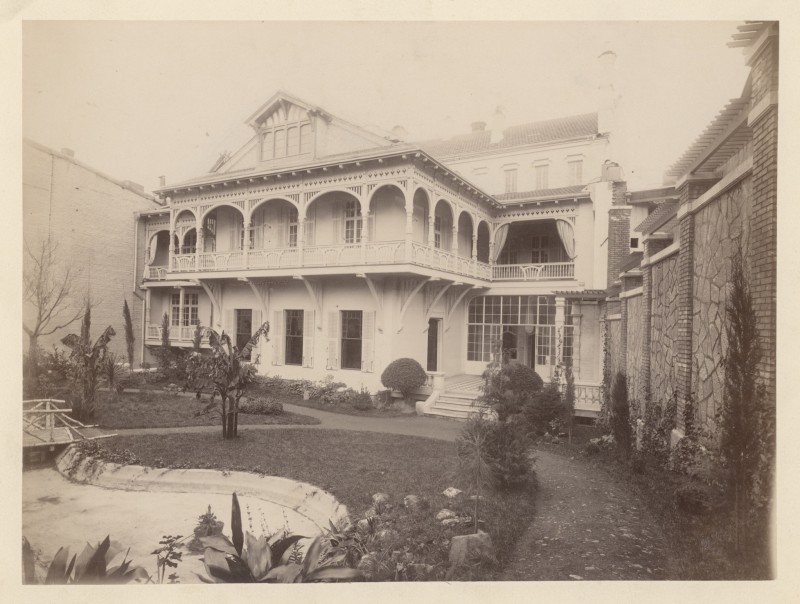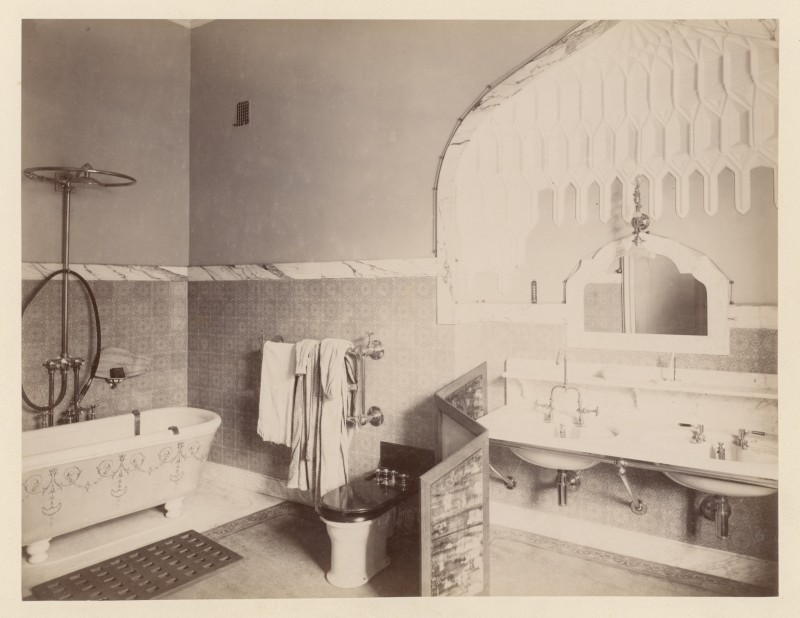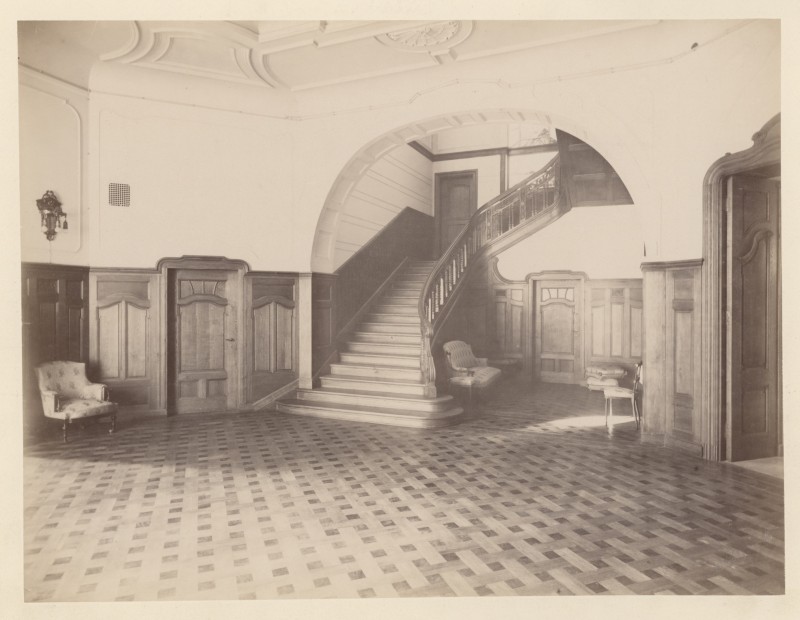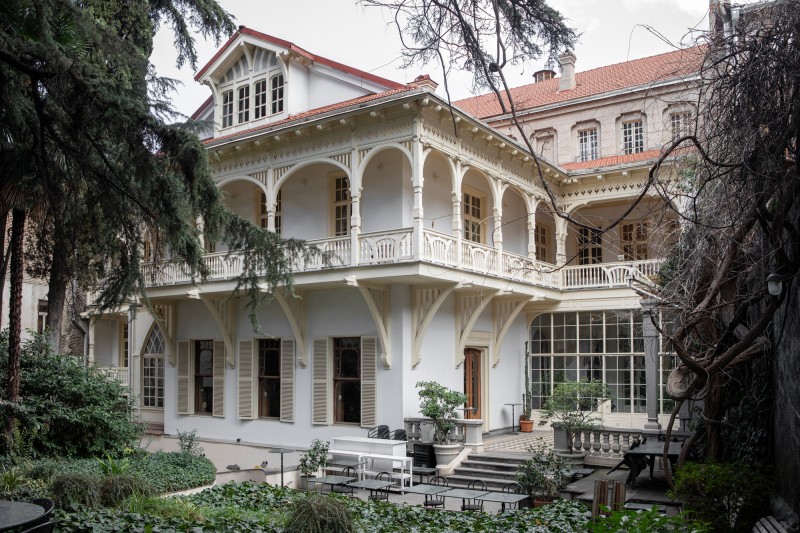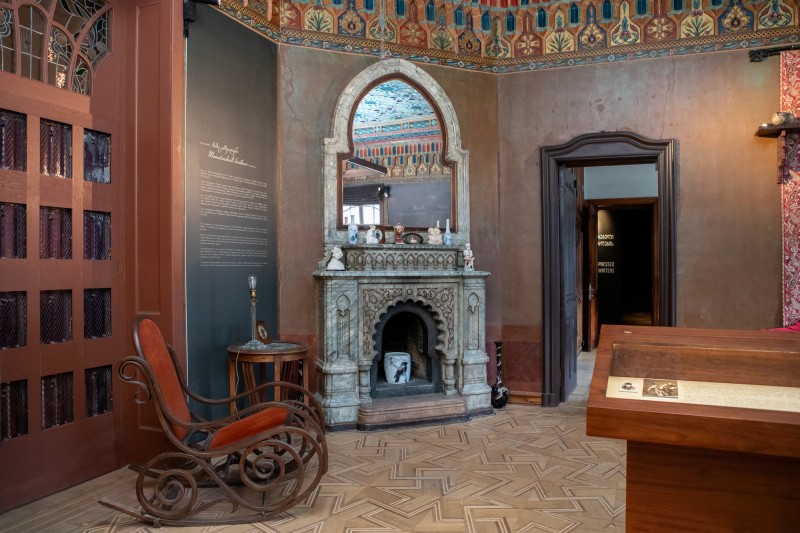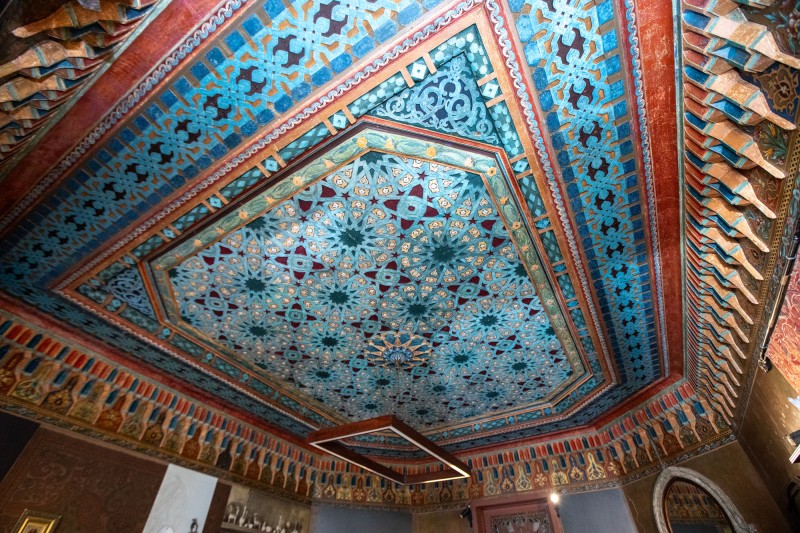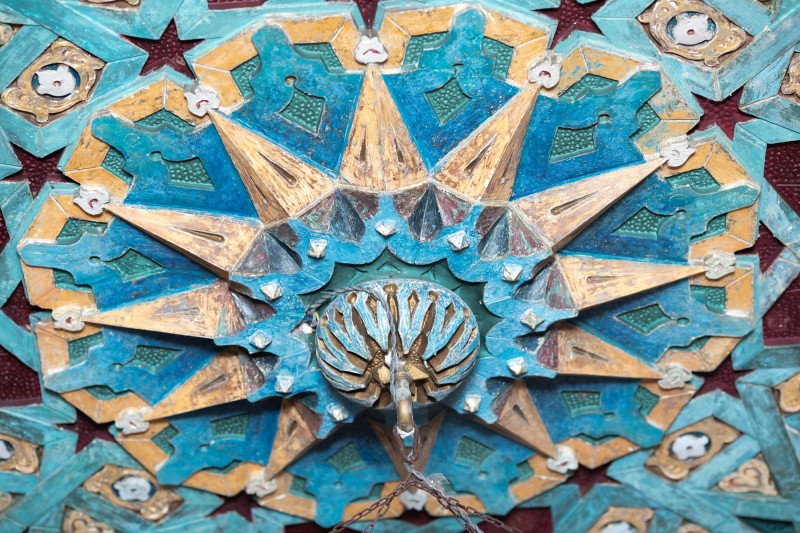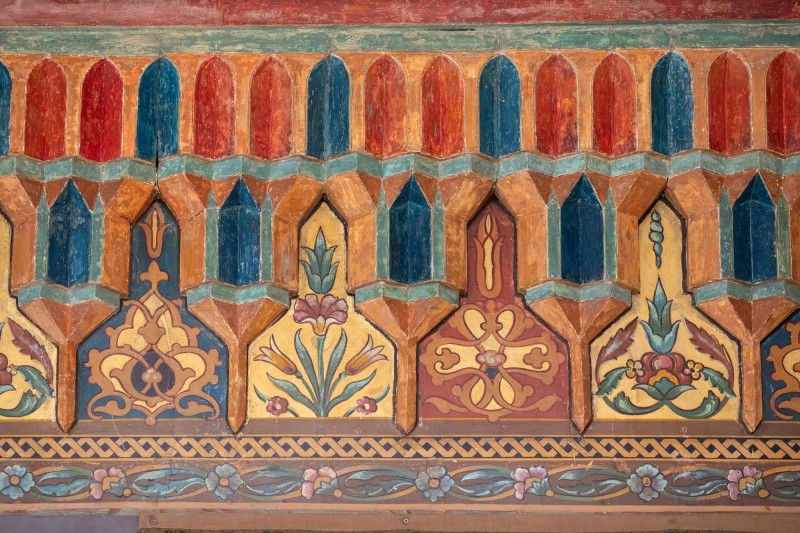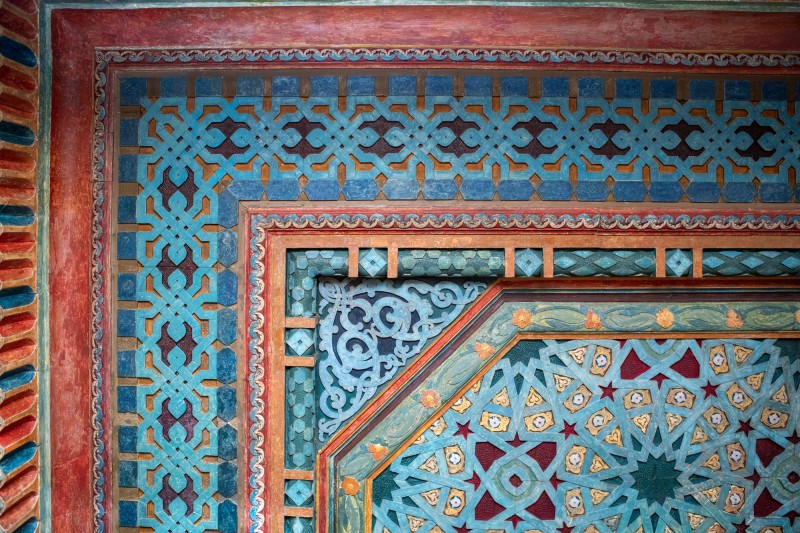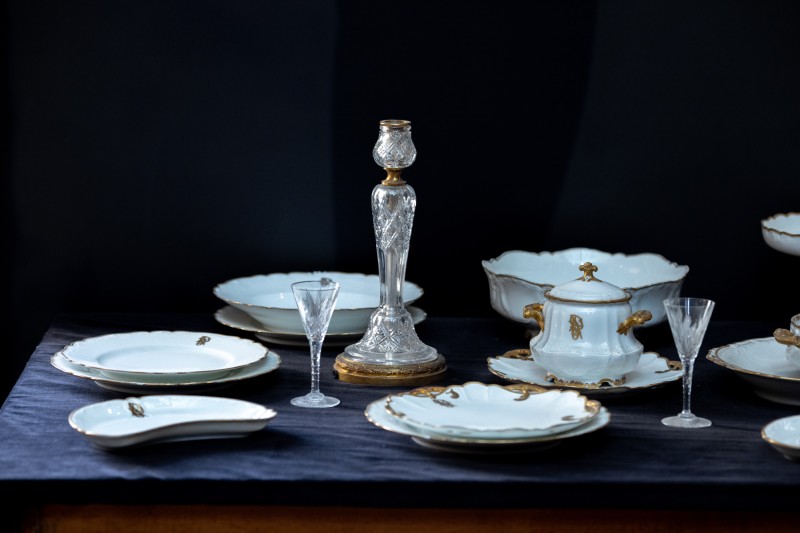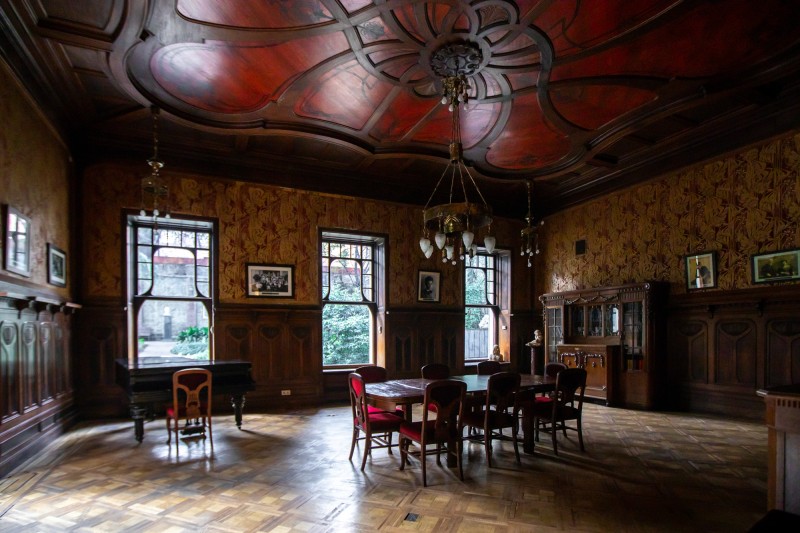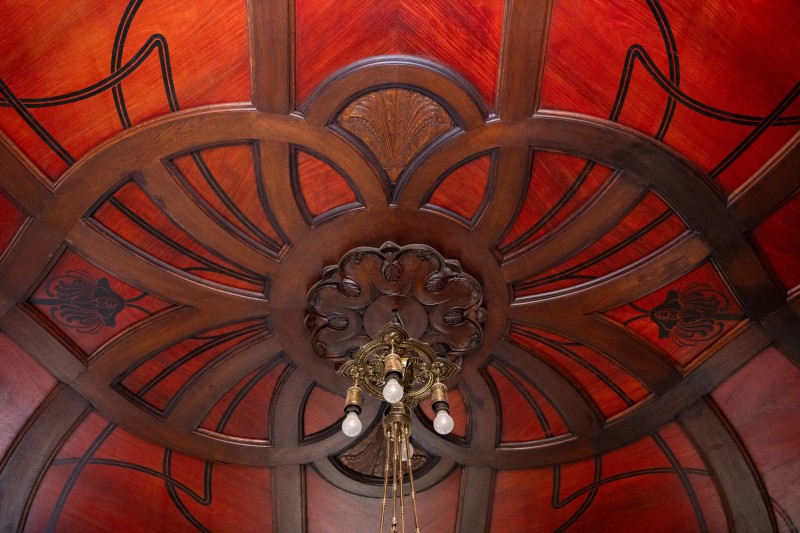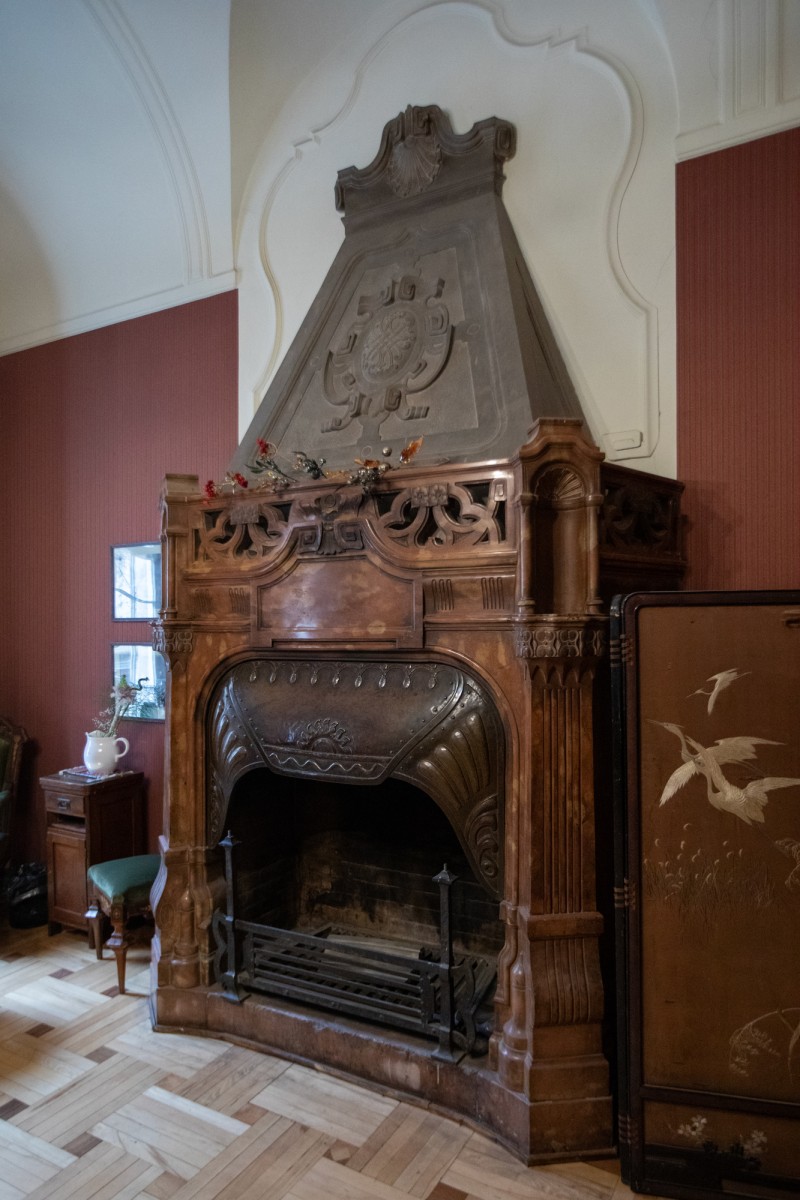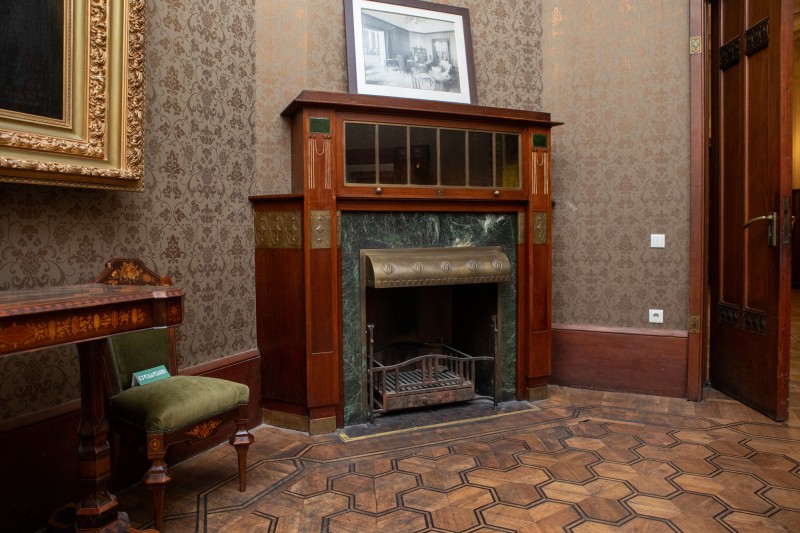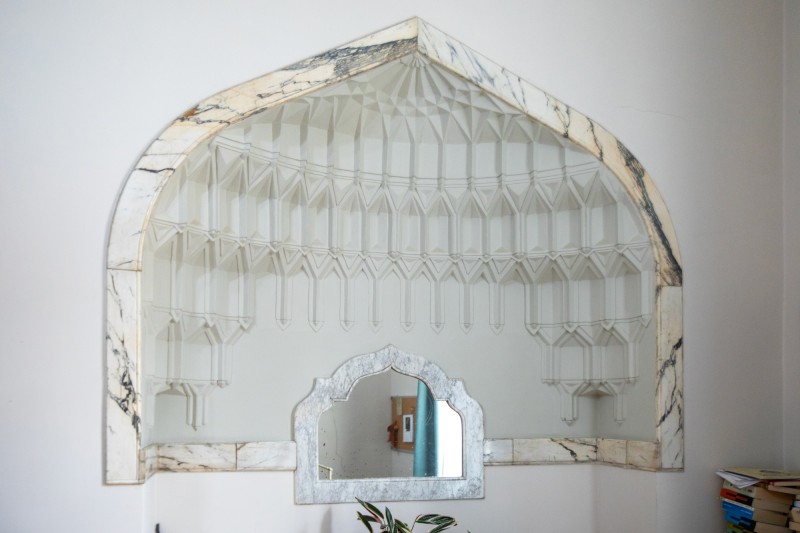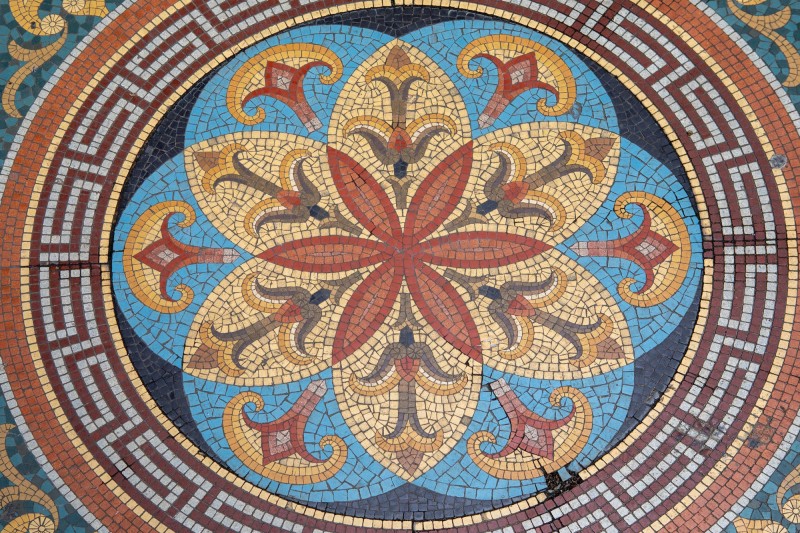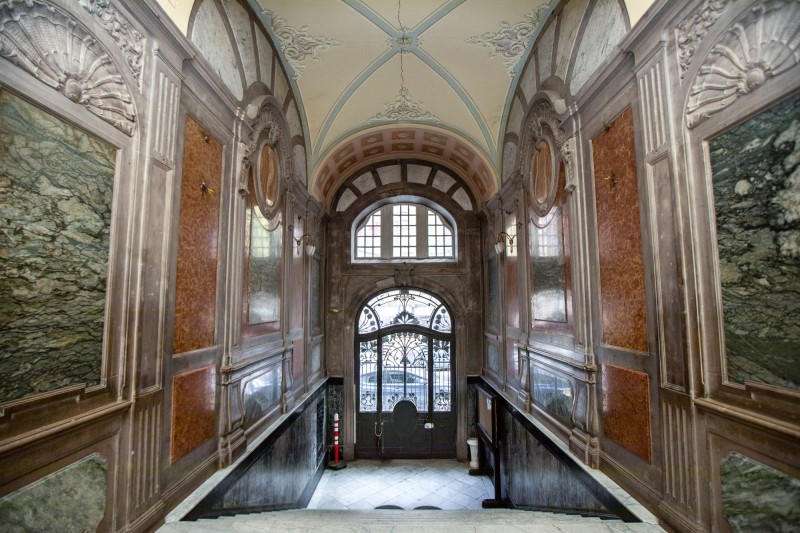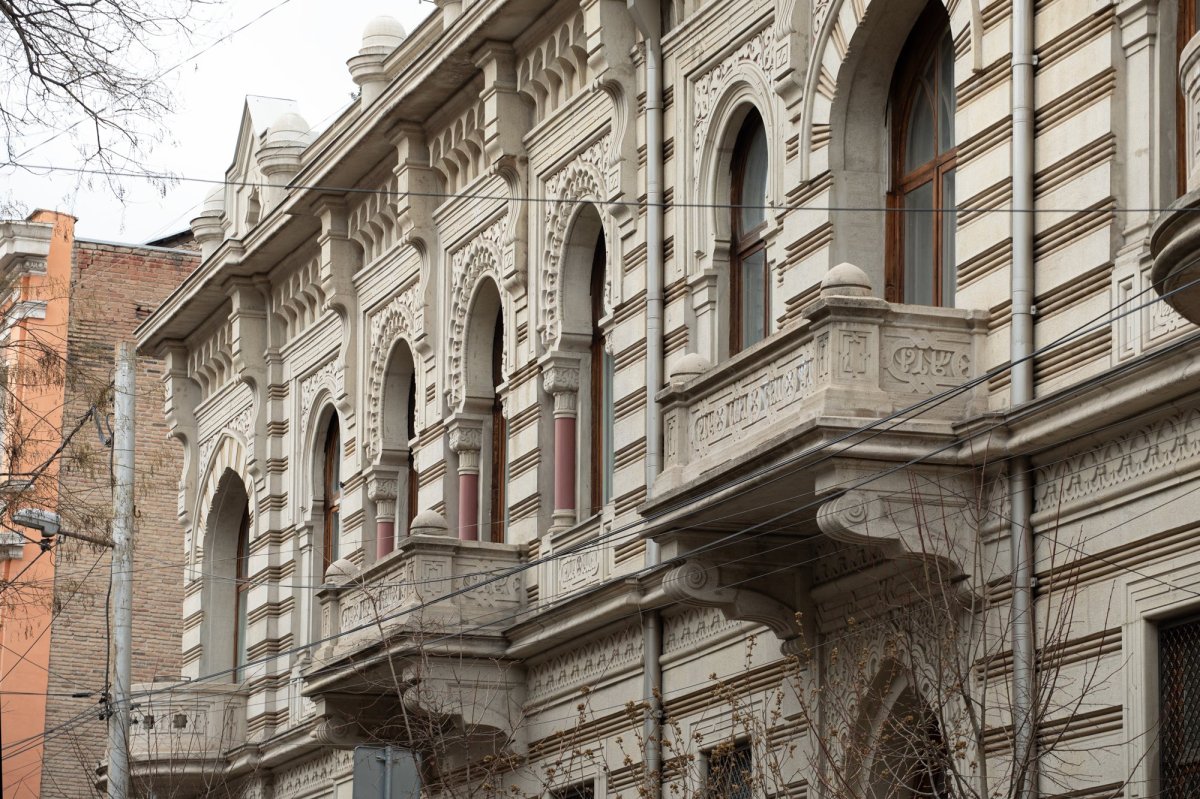
Information in details
The building where the House of Writers is currently located was built in 1903-1905 by Davit Sarajishvili (1848-1911), a famous philanthropist and the founder of Georgian brandy production, doctor of chemistry and philosophy. The house was built according to the project of the German architect Karl Zaar, the Tbilisi architects Aleksander Ozerov and Korneli Tatishchev worked with him, and the author of the wooden interior was also the Tbilisi craftsman Ilia Mamatsashvili.
Davit Sarajishvili dedicated the opening of the house to the 25th anniversary of his marriage to Ekaterine Porakishvili.
The house is an example of modern-style architecture. Wavefronts, sculptural sea shells, and plant ornaments are abundantly used in the facade decoration. According to architecture researchers, Sarajishvili's house is a brilliant example of the fusion of Tbilisi and European architecture. The veranda of the house is covered with ceramic tiles from the well-known company "Villeroy and Boch". Tiles of similar shape and painting are very rare and were made only for special orders and owners.
After the death of Davit Sarajishvili and Ekaterine Porakishvili, the famous industrialist and philanthropist Akaki Khoshtaria (1873-1932) became the owner of the house. According to narratives, he bought the house that was put up for auction due to financial problems at the request of the Georgian community. Akaki Khoshtaria, on the other hand, made Davit Sarajishvili's house even more colourful, decorating it with lion statues and antiques brought from Italy. He also organized summer and winter gardens.
After the Sovietization of Georgia in February 1921, Akaki Khoshtaria was forced to leave the country and emigrate. On February 28 of the same year, that is, on the third day after the Sovietization, the Revolutionary Committee of Georgia handed over the building known as Davit Sarajishvili's house to Georgian writers and artists, on the initiative of Paolo Iashvili and the resolution of the Central Committee of the Communist Party of Georgia.
In 1923, the Union of Writers was separated from the Union of Artists as an independent body, and until 2007 this house belonged to the Union of Writers.
Since 2008, a Legal entity under public law (LSE) the "House of Writers" is located in the building.
The House of Writers also houses two museums, the Davit Sarajishvili Memorial Museum and the Museum of Repressed Writers.
The Davit Sarajishvili Memorial Museum was opened on November 10, 2020. The museum is located on the second floor of the house and it contains Davit Sarajishvili's and Ekaterine Porakishvili's memorial belongings: a dinner service with Davit's monogram specially made for this house in the Royal Limoges factory; the austere, purple tiles of Marseille that covered one wing of the house; Travel suitcase, safe, dishes, souvenirs and various historical documents. Visitors to the museum will have the opportunity to get acquainted with the interesting details of the life and work of David and Ekaterine, with important moments of their biography written on the walls.
Museum of Repressed Writers:
The Museum of Repressed Writers in the House of Writers was opened in March 2023.
The Museum of Repressed Writers aims to remember the victims of the system and honour their memory. In the museum, the visitor will get to know the stories of the tragic conflict between the totalitarian state and the writers and the mechanisms that the system used to "tame the writing".
The museum exposition allows us to see the dilemma and tragedy of artists living in the age of totalitarianism, the thin line between compromise and cooperation. The museum tells the story of writers who, despite great pressure and repression, never stopped thinking about the independence of Georgia, examples of which can be found in abundance in Soviet history.
The concept of the museum combines permanent and temporary exhibition spaces dedicated to different writers or events.
The permanent exhibition presents the chronological history of the repression of writers in Georgia. The exhibition design, archival, and contemporary audio-visual works allow visitors to explore the history of repression and create a better future with a strong civic stance.


 თბილისი, Machabeli Street N13
თბილისი, Machabeli Street N13
 41.6902333, 44.7998237
41.6902333, 44.7998237

